Crabs and lobsters are considered to be decapods, which means that they have 10 limbs. Some other decapods include crayfish, pawns and shrimp. Crabs have a small abdomen that’s curled underneath their main shell, unlike a lobster, which has a long, segmented abdomen that sticks out at the back of its body. Take a look below to find 30 more fun and weird facts about crabs.
1. A crab’s shell is really its skeleton. Like insects and spiders, crab’s wear their skeletons on the outside.
2. The majority of crabs have flat bodies, which enable them to squeeze into small crevices.
3. Some crabs that you find on land get there by being shot up by strong waterspouts.
4. The biggest crabs in the world are the Japanese Spider Crabs. They can get to be as big as 13 feet across.
5. While they’re called horseshoe “crabs” they’re not really crabs. They belong in the Merostomata family and have been around since the dinosaurs. They’re more related to spiders than crustaceans.
6. There are two kinds of crabs, true crabs and false crabs. True crabs, or brachyurans, have short abdomens and use four pairs of long legs for walking. False crabs, or anomurans, have bigger abdominals and fewer legs for walking.
7. There are over 5,000 species of crabs, 4,500 of which are true crabs and 500 of which are false crabs. Some true crab examples include blue crabs, spider crabs and ghost crabs. Some false crab examples include hermit crabs, king crabs and squat lobsters.
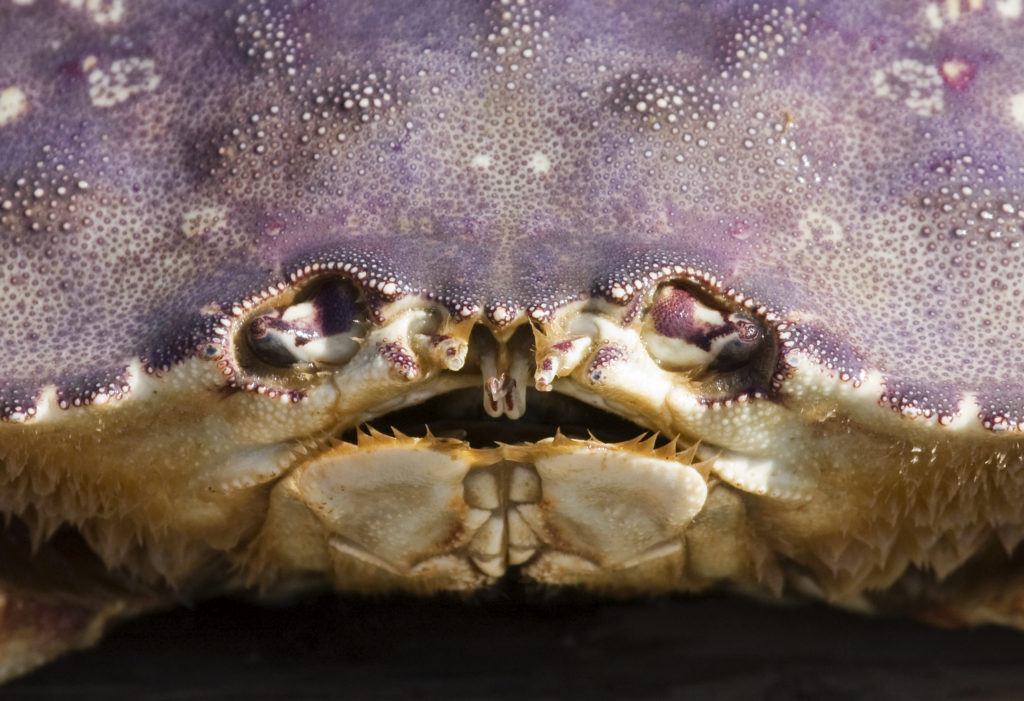
8. Crabs are sometimes called the “spiders of the sea” because they have legs that bend at joints, just like spiders.
9. All crab species have claws on their front legs.
10. Crabs have large compound eyes that are made up of hundreds of tiny lenses.
11. All crab species have one pair of pincers, called chelipeds, and four pairs of walking legs.
12. Small boxer crabs carry a pair of stinging anemones in its claws as protection.
13. Crabs use their claws to crush and cut food, like a pair of scissors would. They can also be used to pick up food.
14. A carapace, which is a hard shell, covers a crab’s body.
15. The red rock crab, also known as the Sally Lightfoot, is the most colorful crab in the world. It’s red, orange, yellow and white.
16. All crab species have maxillipeds and other paired structures on their heads that they use primarily for feeding.
17. Crab lice, or pubic lice, live on humans. They’re parasitic insects that live on any place that has hair. They feed only on blood.
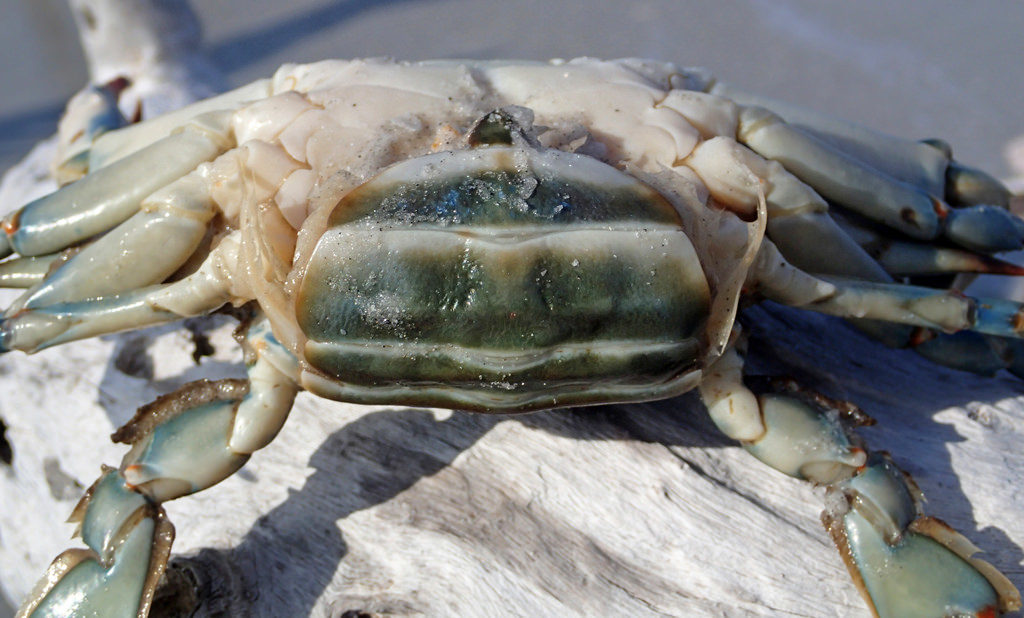
18. Crabs are found in almost every ocean, including ones with smoking volcanic vents thousands of feet below the surface. Some species also live under the ice in Antarctica.
19. The word “cancer” is related to the word “crab” in Latin because Greek physicians, Hippocrates and Galen, found a similarity between swollen tumors with veins on crabs.
20. Coconut crabs live on islands in the Pacific Ocean and the Indian Ocean. They can weigh up to 10 pounds, which makes them the world’s largest land invertebrate.
21. Male and female crabs can be distinguished by their abdomen. Male crabs have a narrow and triangular abdomen while females have a broad and rounder abdomen.
22. Another difference between male and female crabs is that female crabs have smaller claws than male crabs.
23. Crabs hatch from tiny larvae that’s about the size of a pinhead.
24. Female crabs lay millions of eggs at once. She carries them underneath her until they hatch.
25. A group of crabs is called a “cast.”
26. Crabs communicate with each other by flapping their pincers or drumming their claws together.
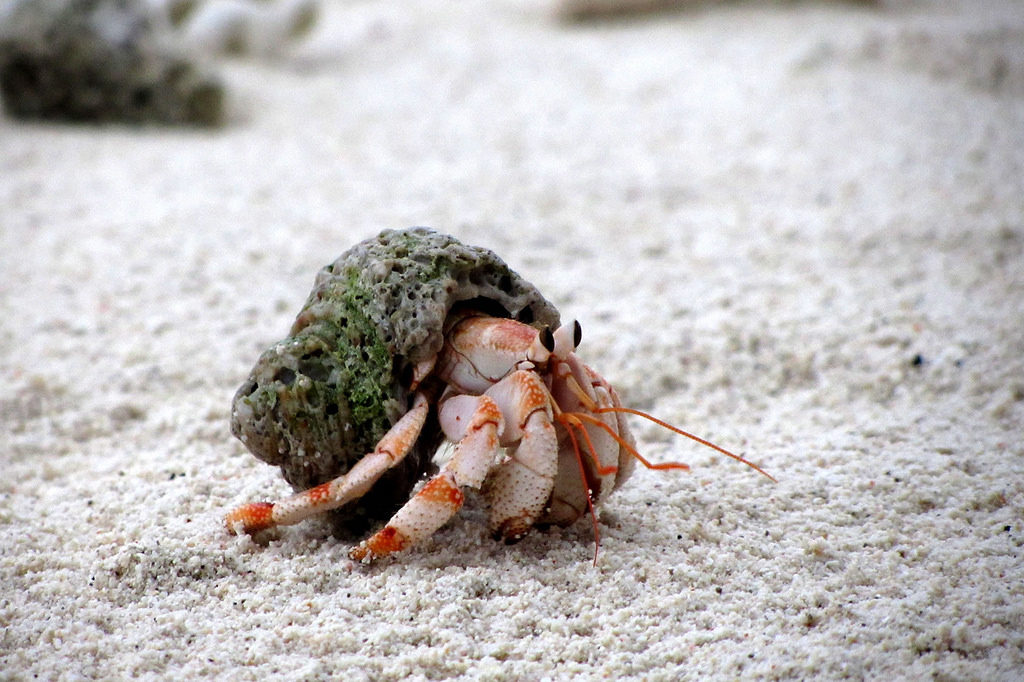
27. While researchers before thought that crabs didn’t feel pain, new research has found that they do feel pain and that they remember it.
28. True crabs walk slowly in any direction, but when they need to speed up, they move sideways.
29. Pea crabs are the smallest of the crab species; they’re literally the size of a pea.
30. Spider crabs disguise themselves by attaching living things to their bodies. They tend to use anemones because not only do they work well as a camouflage but they will sting pursuing predators.

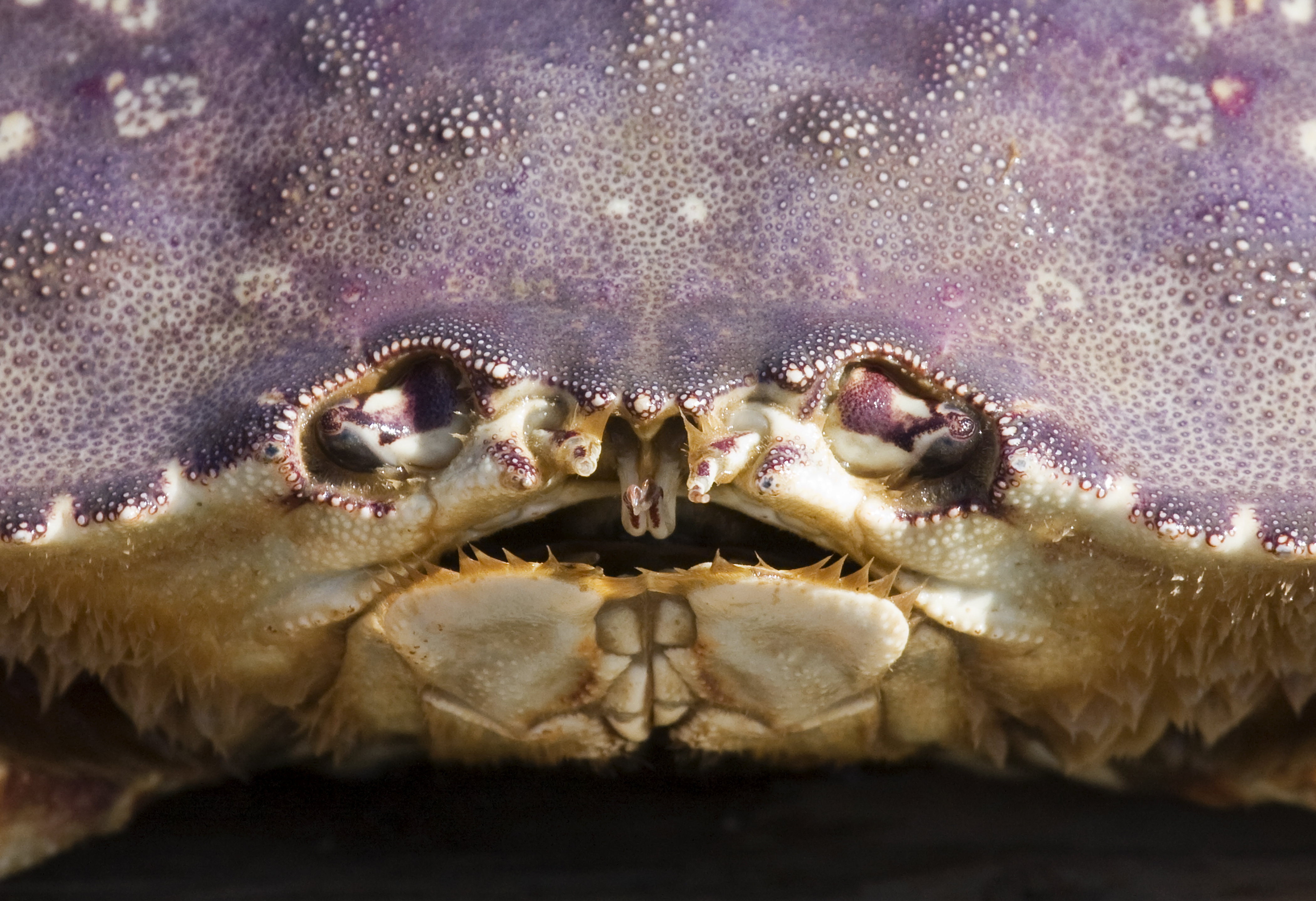

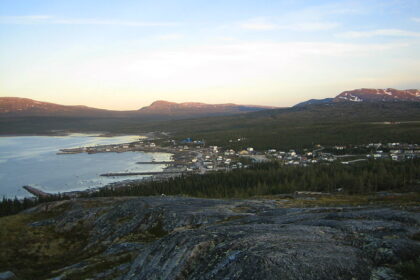
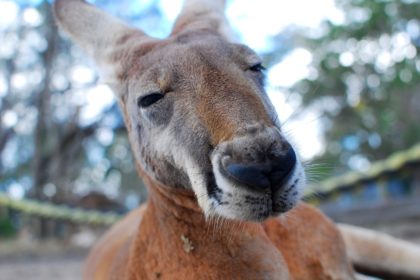
2 Comments
Pingback:
January 1, 2018 at 5:00 pmPingback:
March 3, 2018 at 4:57 pm